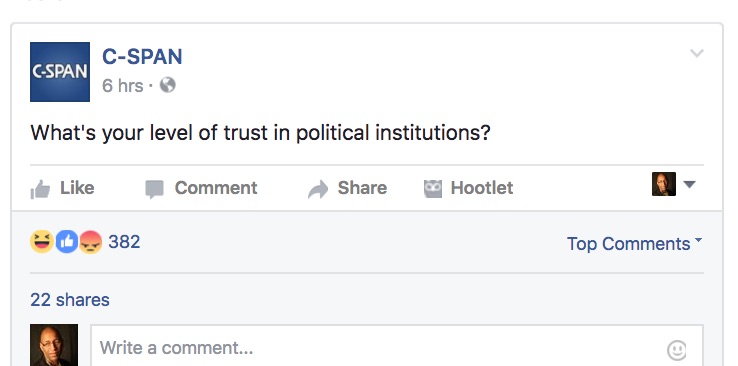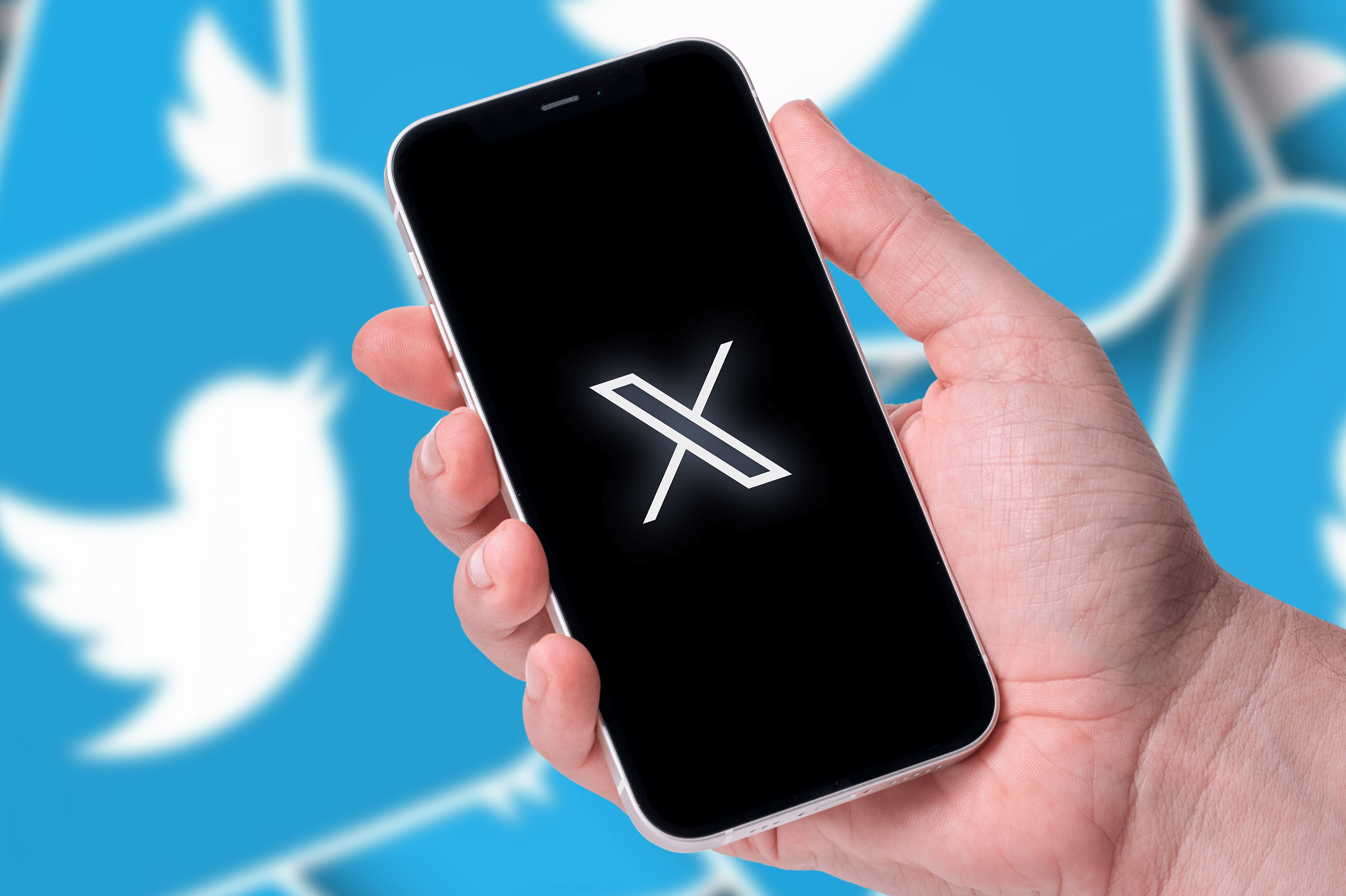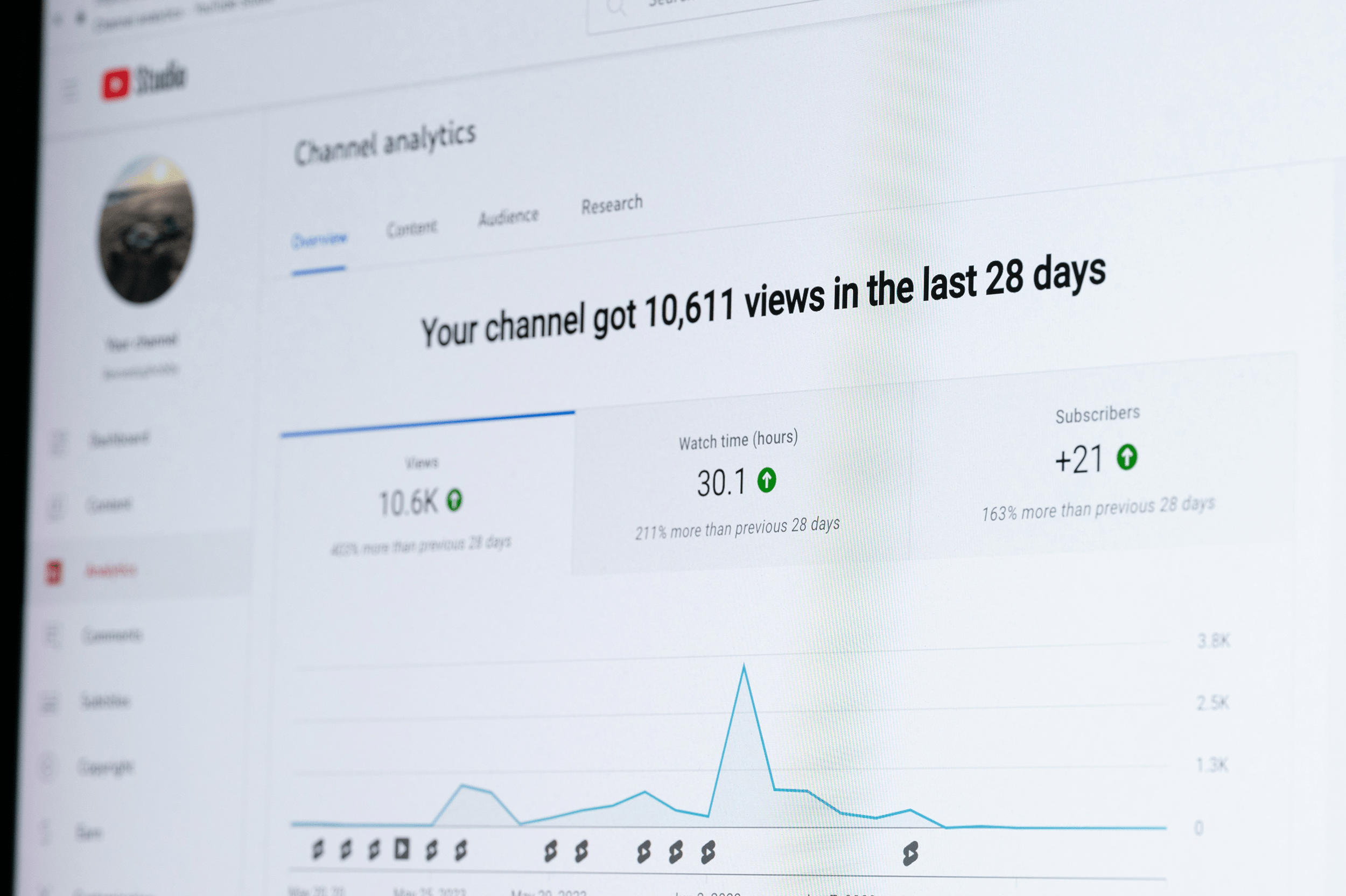Gaining follower attention has been a constant struggle since Facebook’s inception. Over the years, Facebook’s changing algorithm has made it more and more difficult for publishers to reach their audience. As a result, publishers need to drive more engagement with their content because this is a key metric that determines how much visibility the Facebook algorithm would assign to a post: the more Facebook engagement, the more visibility.
If you are unsure about why your Facebook engagement is low and are looking to increase that (and therefore the visibility) of your post, here are several ways to help you improve your approach.
1. Interact with Your Followers
One reason for low engagement is that social media managers or social editors at publishers are not responding directly to followers enough.
Social followers have begun to treat the social media comment section as an actual discussion. The audience’s need for dialogue and the rise of personalization in digital marketing means that social media managers must adapt their approach to speak more to their followers.
Tip: Speak to followers as if they were in front of you. When you see followers respond to and comment on your posts, acknowledge them. The efforts you make to build a connection with your followers will draw people back to the conversation.
2. Don’t Over-Post
Publishers may be posting too much. A high frequency of posts can seem interruptive to followers who are lost in minute-by-minute events instead of focusing on one overarching idea.
Publishers can take a page from record companies’ book to learn how to manage frequency of releasing content, which is the key to successful social media community management. Before record companies release albums, they usually encourage artists to plan albums every couple of years so that record companies have enough time to work on an albums’ exposure through singles and keep artist and fans from burning out on the material.
Tip: Use Facebook Live to describe your topic. Planned visuals in a content series, such as multiple steps with some variations, work better than printed word. Facebook Live creates media that can augment other established programs. For example, National Public Radio uses its Facebook Live page to share perspectives that augment news stories on its radio programs.

3. Don’t Under-Post
Publishers also need to be aware of lack of content planning, which often leads to fewer posts and ultimately page abandonment. So what is the right range of posting? There has been quite a lot of research on determining the right range, such as this post by Social Media Examiner. Essentially, the number varies depending on your content and audience.
Tip: Partner with other complementary organizations and groups to build interest in content. The relationship can generate new ideas to sharing, add variety to your posts, and increase reach.
You can also learn more about pinned posts to learn how to pin a picture on Facebook to get more engagement for old Facebook posts as well.
4. Don’t Use Too Much Jargon
This tip is complementary to the first tip: speaking to people. Some people are more informed than others, and sometimes the conversations go into extreme detail. A jargon reference would be fine if content is aimed at a targeted audience, but it does leave uninformed followers alienated because they do not use jargon regularly.
Tip: Plan posts that are meant to explain jargon. Dedicated posts can help long time followers understand the background context. You can also select images that illustrate a jargon’s meaning. Match your audience’s knowledge level to their understanding of industry speak.
5. Leave Comments Open-Ended
Sometimes a topic leads to a conversation cul-de-sac: a comment that expresses little to encourage people to respond. The result can be similar to posting too infrequently – a lack of engagement.
Tip: Ask open-minded questions to encourages followers to share their observations and foster bonding. You can also share the thought behind a comment. In this example, C-SPAN posts a question on a political event of the day.

Bonus Tip: Analyze and Optimize Results
When you try posts with any of the aforementioned tips, review trends of test posts by examining reach, likes, and shares. You can review these metrics in Facebook Insights, which lists each recent posts.
Sometimes a post that you think will be well received ends up reaching fewer people than you anticipated. The content may be ok, but the image may not encourage clicks. An A/B test can help you draw more precise conclusions and discover what tactics may have value when repeated. Instead of solely relying on the immediate data, you should conduct your own A/B testing to find the sweet spot for post quality and the optimal posting frequency that best engages your audience.
Welcome to the Facebook Marketing Strategy series in which we share the best practices for how to use Facebook for business! This is part 6 of the series.
- Part 1: How to craft effective Facebook intro copy
- Part 2: The secret to designing click-worthy Facebook Ads
- Part 3: 5 tips for A/B testing your Facebook posts
- Part 4: How to craft killer Facebook headlines that leave readers wanting more
- Part 5: How to pick the right image for your Facebook post
- Part 7: 4 ways to use Facebook’s algorithm to your advantage
- Part 8: 7 next-level Facebook marketing tactics to increase your readership
- Part 9: 6 Copywriting Tips to Drive More Facebook Shares
- Part 10: The best ad types for B2B Facebook Advertising
- Part 11: How to promote your business on Facebook with Messenger Ads
Plant a Facebook share button on your posts
Shares are crucial to Facebook success. The more people share your content, the more your posts will be seen. That’s why when you’re looking to find Facebook followers it’s so important to place a Facebook share button on your website.
With our social media buttons, for instance, you can just pick your channels, choose your alignment, and customize your design.




